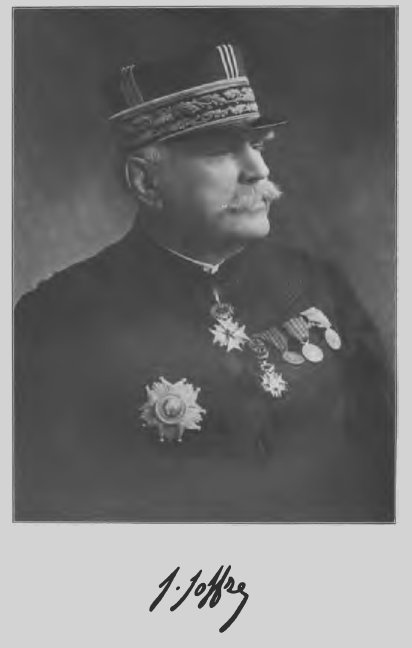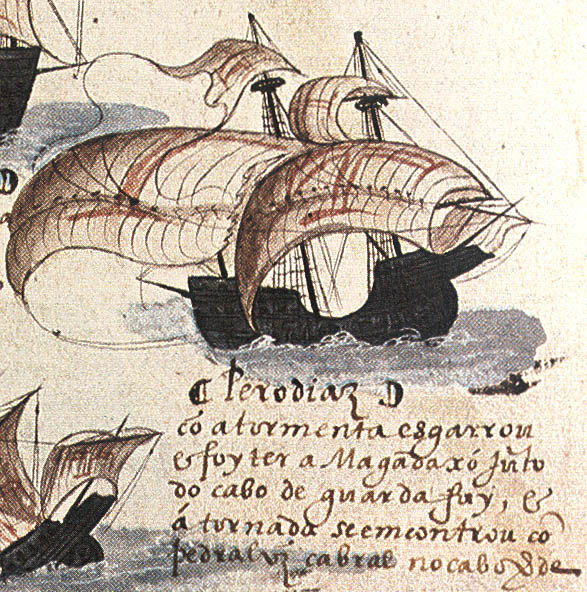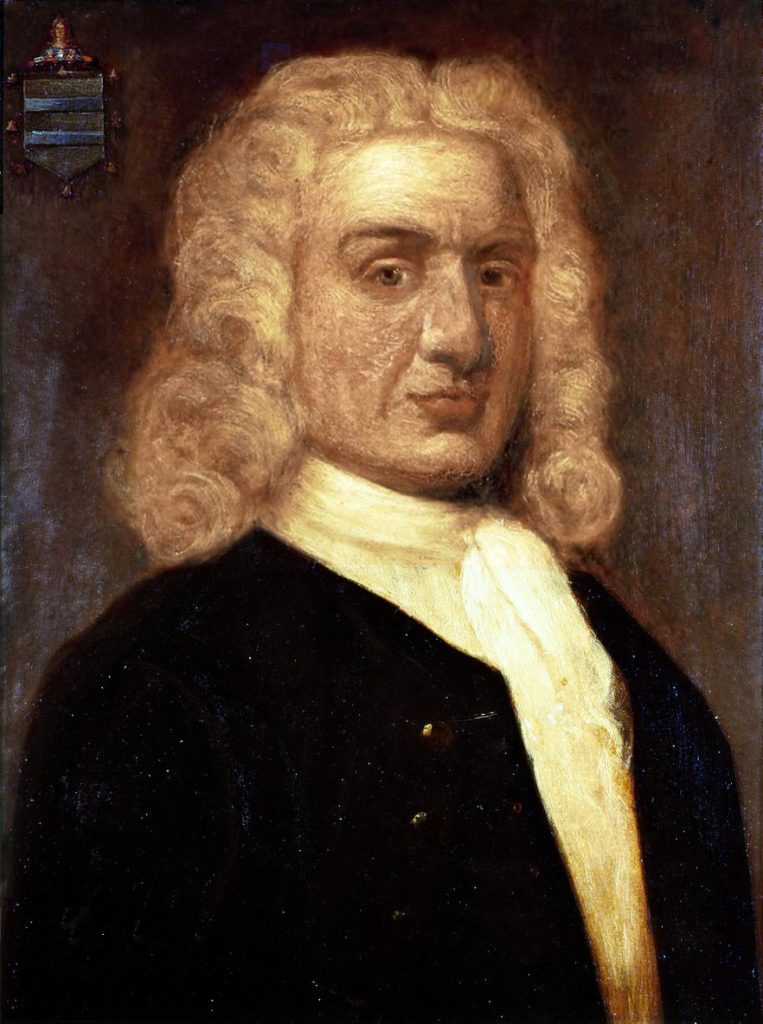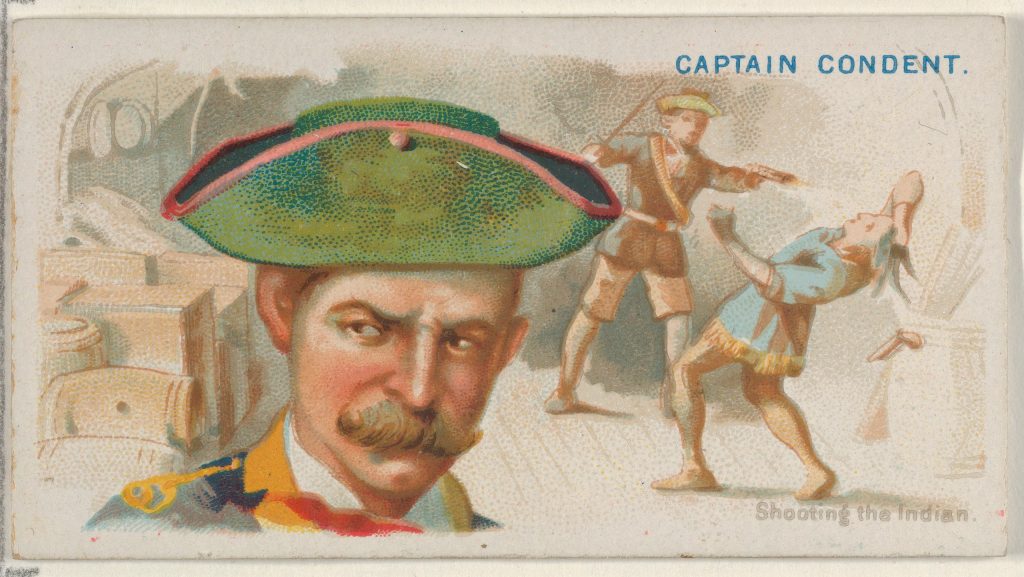The European and colonial faces that shaped Madagascar

An island where the first traces of European travellers date back to the 1500s, Madagascar is a country that welcomes many travellers. The country has seen many visitors, including personalities who have left their mark on the island. Whether adventurers, soldiers, missionaries or ordinary citizens, they have all left their mark on Madagascar, sometimes making the island an important place in their careers.
In this article, we take a look back at the European people and personalities who left their mark on Madagascar and built the island.
Joseph Gallieni

The face of reference for European citizens, and a resident of the island between 1896 and 1905, Gallieni was a general in the French army of Italian and Gauloise origin. Gallieni was a key player in the construction of Madagascar, and was responsible for mapping the island’s roads and railways.
With his clean-cut, slender physique, he also built schools and set up the Pasteur Institute on the island.
Gallieni is also famous for the race policy he introduced on the island. Nevertheless, he remains a much-loved figure on the island.
Joseph Joffre
 Another strong figure who left his mark on the island, Joseph Joffre lived in Madagascar between 1895 and 1903. Joseph Joffre was summoned to Madagascar to stop Malagasy resistance in the north of the island. Joseph Joffre travelled to the island to carry out his mission and gained in popularity while doing so. During his time in Madagascar, Joseph Joffre’s facial features and military knowledge left their mark. He is a very popular figure on the island, and many establishments bear his name as a legacy.
Another strong figure who left his mark on the island, Joseph Joffre lived in Madagascar between 1895 and 1903. Joseph Joffre was summoned to Madagascar to stop Malagasy resistance in the north of the island. Joseph Joffre travelled to the island to carry out his mission and gained in popularity while doing so. During his time in Madagascar, Joseph Joffre’s facial features and military knowledge left their mark. He is a very popular figure on the island, and many establishments bear his name as a legacy.
Joseph Joffre was also an important figure in the Great War, and more than the island itself, he left his mark on the war.
Henri Perrier de la Bâthie
An adventurer at heart, Pierrier de la Bâthie was the nephew of Baron Eugène Perrier de la Bâthie. He was born on 11 August 1873 in Chambéry and died on 2 October 1958 in Chambéry. He was a famous botanist who identified most of the plants in Madagascar.
If we have any information about the island’s plants today, it is thanks to the work of Perrier de la Bâthie.
It was thanks to his uncle, Baron Eugène Perrier de la Bâthie, that he made working with plants his profession and his passion. He identified almost 400 species of plant on the island of Madagascar. He married Madeleine Drouhard. He corresponds with Alfred Lacroix, a close friend of Prince Rolland Bonaparte.
Diego Diaz
 Diego Diaz was a Portuguese explorer who was among the first to set eyes on Madagascar, Reunion and Mauritius on 10 August 1500. He called the large island São Lourenço or Saint Lawrence. Diego Diaz was captain of a supply ship with his brother Bartolomeu Dias.
Diego Diaz was a Portuguese explorer who was among the first to set eyes on Madagascar, Reunion and Mauritius on 10 August 1500. He called the large island São Lourenço or Saint Lawrence. Diego Diaz was captain of a supply ship with his brother Bartolomeu Dias.
During his lifetime, he sailed the Congo River, the coasts of India and the seas of Africa. Diego Diaz was a seasoned explorer.
He was also a chronicler and writer on Vasco da Gama’s ship.
William Kidd
 William Kidd or Captain Kidd, born on 22 January in Scotland, was an English pirate infamous for his skirmishes and pillaging. He reached the island of Madagascar on 1 April 1698. Captain Kidd was a pirate famous for his opulent plundering of wealth.
William Kidd or Captain Kidd, born on 22 January in Scotland, was an English pirate infamous for his skirmishes and pillaging. He reached the island of Madagascar on 1 April 1698. Captain Kidd was a pirate famous for his opulent plundering of wealth.
Because of the size of his treasures and the importance of his career as a pirate, he is the pirate whose life is most recounted in media format.
Christophe Condent
 Christophe Condent or William Condent or “Billy one hand” was captain of the famous ship Fiery dragon which visited Madagascar. He is best known for his stopover on the island of Sainte Marie.
Christophe Condent or William Condent or “Billy one hand” was captain of the famous ship Fiery dragon which visited Madagascar. He is best known for his stopover on the island of Sainte Marie.
The pirate made his name by pillaging ships off the coasts of Brazil and Africa. In Cape Verde, he captured a Portuguese ship and Dutch boats carrying wine. Along the way, he captured Portuguese prisoners and cut off their noses and ears.
He married a French woman, the sister-in-law of Governor Beauvollier.
Thomas Tew
 Thomas Tew, also known as the Pirate of Rhode Island, was a British pirate who settled in Madagascar. He is known for having paved the way for piracy by opening up maritime routes and for his flag – “we are ready to kill you”. He died in 1695 in the Indian Ocean. He took part in two major pirate voyages.
Thomas Tew, also known as the Pirate of Rhode Island, was a British pirate who settled in Madagascar. He is known for having paved the way for piracy by opening up maritime routes and for his flag – “we are ready to kill you”. He died in 1695 in the Indian Ocean. He took part in two major pirate voyages.
Thomas White
Thomas White was an English pirate born in Plymouth and active in the Caribbean and the Indian Ocean in the early eighteenth century. He died in Madagascar in March 1708.
He was originally a soldier in the Royal Navy and before becoming a pirate was enslaved by John Bowen and George Booth. He regained his freedom in 1701 when John Bowen and George Booth’s ship was wrecked near Madagascar. Between 1704 and 1706, he settled briefly in Madagascar and married a native woman; he later became a quartermaster. He died of alcoholism and illness in 1707.